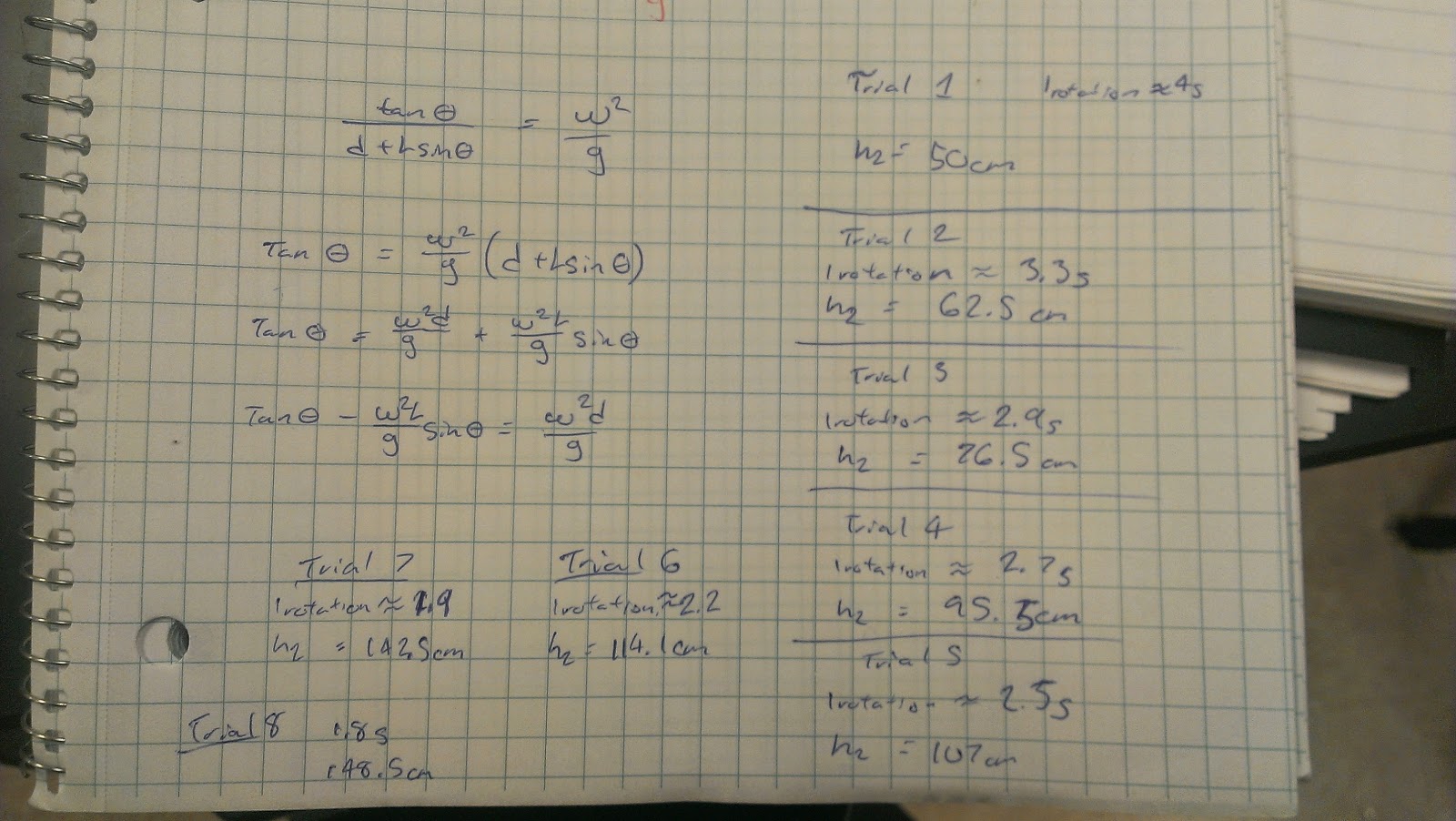The purpose if this lab is to look at the collisions between two steel balls and between a marble and steel ball to see if momentum is conserved in both cases
Experiment:
We will be using a level table with a camera set up above to capture the motion of the two collisions mentioned above. Here is our setup.
The first shows the two marbles
The second shows the marble and the steel ball
After we performed these collisions, we used logger pro to plot the paths of each collision to find our momentum before and after the collisions. Using those graphs, we could then plot the momentum of each and show whether it was conserved or not as well as the kinetic energy of each
Unfortunately after all that work, i was unable to find the graphs of the positions of the collisions so i will skip ahead to the momentum's of each collision
Marble vs Marble Collision:
The green tick marks represent Total Kinetic Energy
The light blue triangles represent momentum in the Y directions
The blue squares represent momentum in the X direction
Although the graph doesn't show a straight lie for kinetic energy,
it was conserved and it relatively straight
The green diamonds marks represent Total Kinetic Energy
The light blue triangles represent momentum in the Y directions
The green crosses represent momentum in the X direction
Same as above, Kinetic energy is conserved even the the graph shows otherwise
Although our videos and our analyzation of the video wasn't very accurate, our team was satisfied with the results. we could have gotten better data if the marbles were bigger and we had better video capture

.png)
.png)

.png)


.png)



.png)

.png)





.png)


.png)





.png)



.png)


.png)


.png)









